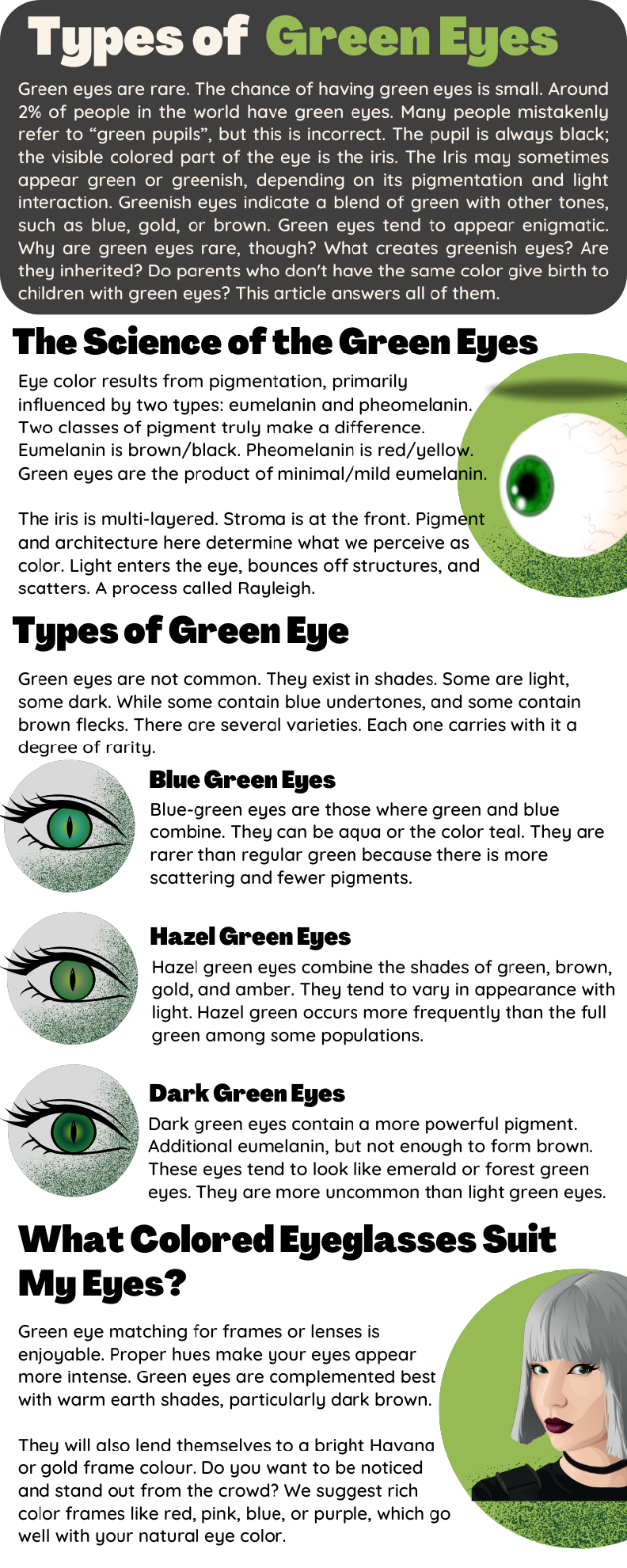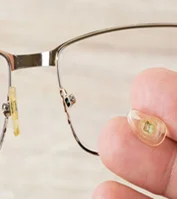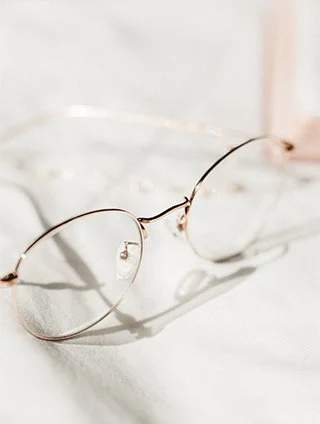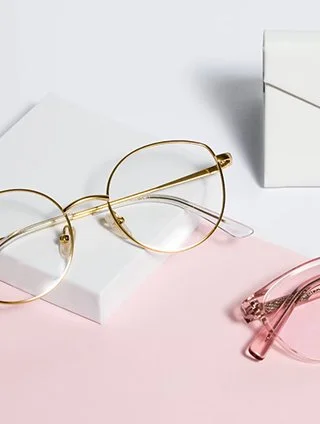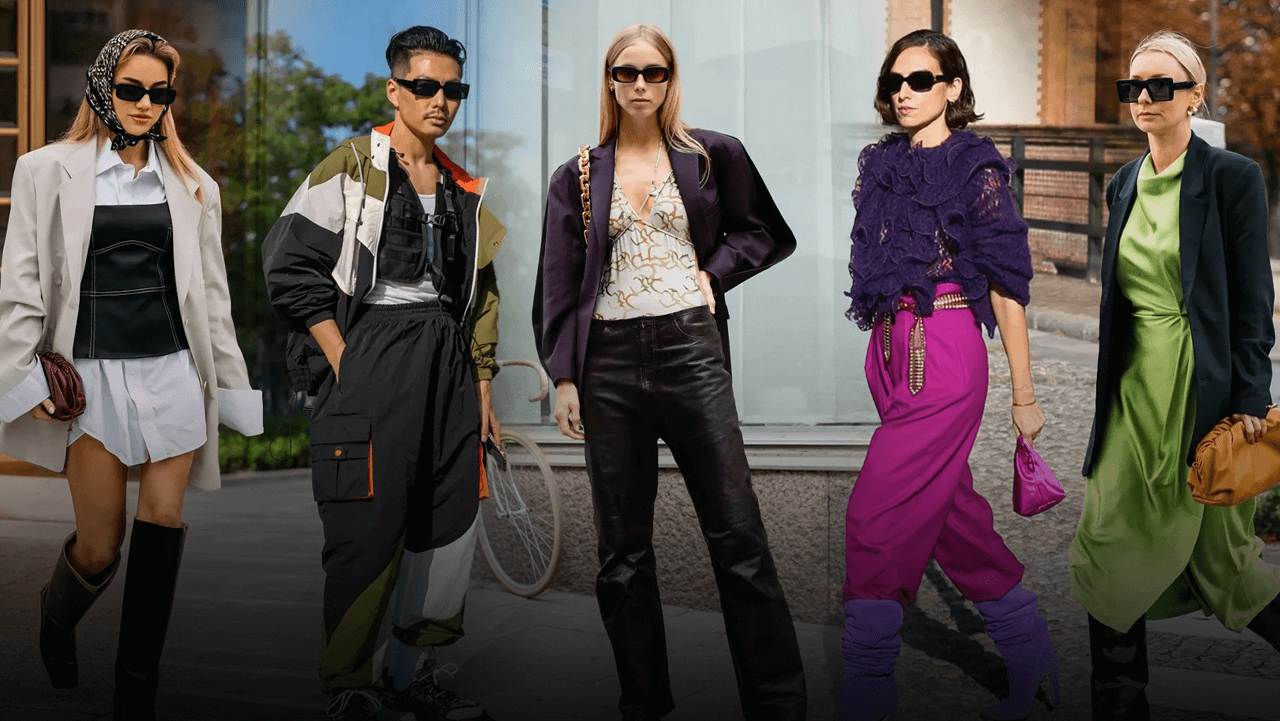Last updated: Tuesday, September 30, 2025
Green eyes are rare. The chance of having green eyes is small. Around 2% of people in the world have green eyes. Many people mistakenly refer to “green pupils”, but this is incorrect. The pupil is always black; the visible colored part of the eye is the iris. The Iris may sometimes appear green or greenish, depending on its pigmentation and light interaction. Greenish eyes indicate a blend of green with other tones, such as blue, gold, or brown. Green eyes tend to appear enigmatic. Why are green eyes rare, though? What creates greenish eyes? Are they inherited? Do parents who don't have the same color give birth to children with green eyes? This article answers all of them.
The Science of the Green Eyes
Eye color results from pigmentation, primarily influenced by two types: eumelanin and pheomelanin. Two classes of pigment truly make a difference. Eumelanin is brown/black. Pheomelanin is red/yellow. Green eyes are the product of minimal/mild eumelanin. Also, some pheomelanin and light scattering. This produces the hues of green or the greenish hues.
The iris is multi-layered. Stroma is at the front. Pigment and architecture here determine what we perceive as color. Light enters the eye, bounces off structures, and scatters. A process called Rayleigh, which also explains why the sky appears blue. When eumelanin is minimal, blue light scattering is evident. The yellowish pheomelanin provides the warmth factor. Together, they produce the green.
Genes determine pigment. More than one gene operates. Main genes are OCA2, HERC2, and SLC24A4. They decide the manufacturing and type of melanin. Also, other genes determine color. Inheritance is polygenic. That means many genes play their part. So, you can't predict color simply by the parents. Some combination of genes makes green.
Green eyes aren't always stable. Often, babies are born with blue eyes. Later, the melanin develops after birth. Over months or years, eyes can change. They can darken or change shade. Often, blue turns greenish or hazel. Lighting, health, and age also impact appearance. But the genetic foundation remains.
Green is uncommon because of this combination. Brown uses lots of eumelanin. Blue has very little melanin. In between is green. Both the amount and kind of pigment need to be compatible. That is more uncommon. Also, it depends on the geographic ancestry. Some populations more frequently carry gene varieties. Others scarcely ever.
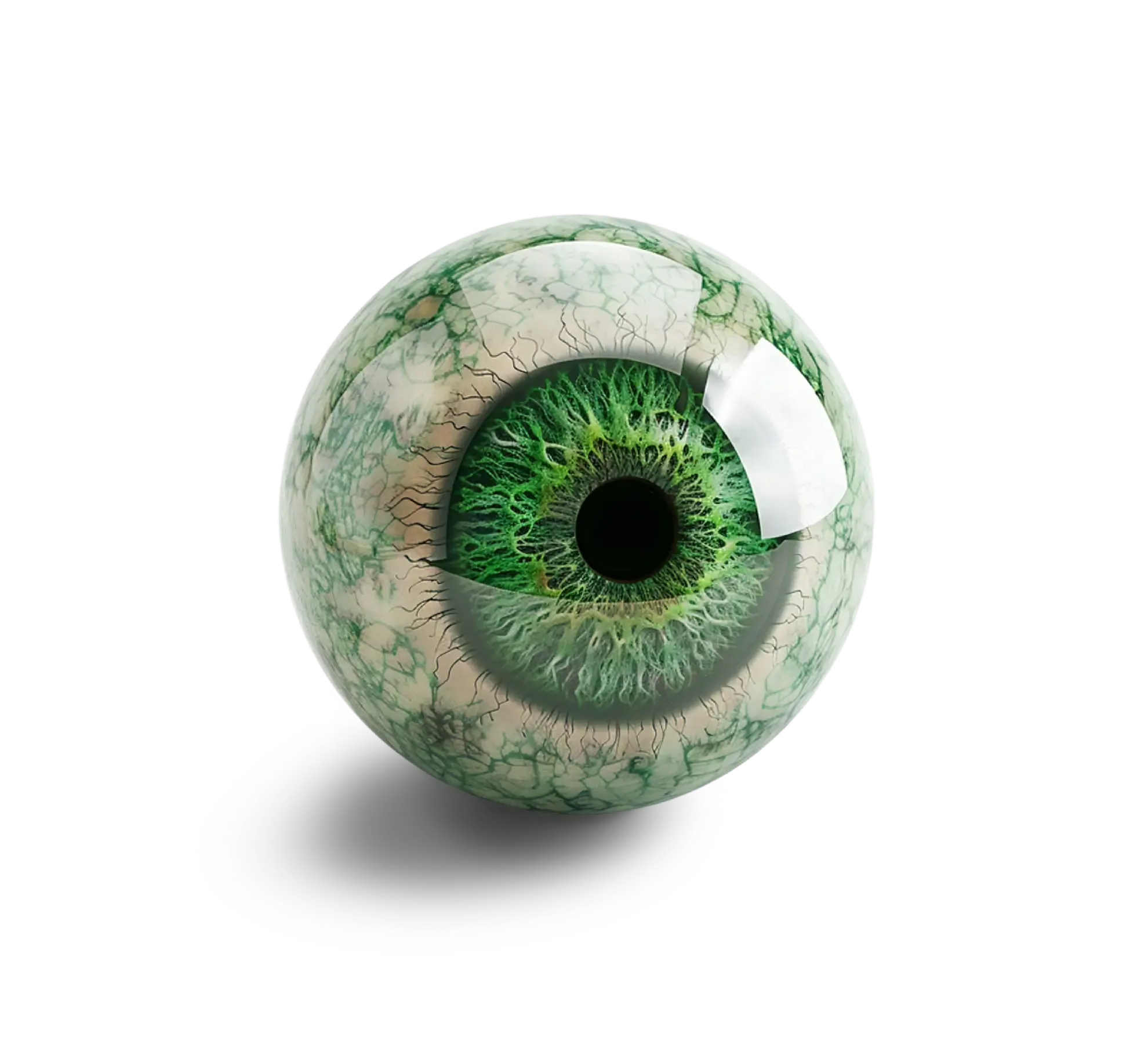
World Statistics: How Rare Are Green Eyes, Really?
Around the globe, only an estimated 2% of the population carries green eyes.
- Brown eyes are quite dominant: 70-80% of the population.
- Blue eyes approximately 8-10%. Hazel is around 5% globally.
In Europe, green eyes are more frequent. In Northern, Western, and Central Europe, more people have green eyes. For example, in Iceland, between 8-10% of men and 18-21% of women have green eyes. In the Netherlands, similar numbers among women (~17%) and men (~6%) are reported.
In the United States, the prevalence of green eyes exceeds the global mean. Approximately 9% of the population of the United States possesses green eyes.
Green eyes are very rare throughout most of Asia and Africa. In these populations, nearly all individuals possess brown eyes. Fewer than 1% possess green or other light hues. Therefore, green eyes are rare worldwide. However, their prevalence depends upon region and ancestry. In some locations, green eyes are observed more frequently. In most of the world, it is nearly never.
How Do You Get Green Eyes?
Green eyes are the effect of genes, pigment, and light. It is not basic. A lot of factors add up. Melanin content, type of pigment, genes, and luck. Parents can or can't pass along green-eyed traits. Even blue-eyed parents can provide you with a green-eyed child. That is the way it happens.
How Do You Get Green Eyes From Blue-Eyed Parents?
Blue-eyed parents have low melanin. But blue eyes still have genes that may contribute to pheomelanin or low-level melanin. If blue-eyed parents carry hidden variants that allow pheomelanin or a mix, their child might have greenish eyes. Also, one or both parents may have gene alleles that are recessive and not expressed in them. In rare cases, those alleles combine to give the child enough pigment mix for green.
How Do You Get Green Eyes Genetically?
Green eyes need specific genetic variants. Genes such as OCA2 and HERC2 determine the amount of melanin produced. Others, such as SLC24A4, determine the type of pigment (pheomelanin or eumelanin). When these make eumelanin decrease but let pheomelanin through, the outcome can be green. Polygenic inheritance signifies that lots of genes contribute small amounts. So, uncommon aggregations can produce green eyes.
How Do You Get Green Eyes From Your Parents?
When one parent is green and the other carries other colors, the chance increases. However, the green is never dominant or recessive in the classic sense. Complementation occurs with the genes. When a parent carries the green, the offspring can inherit that gene and the complementary pigment genes. A brown-eyed parent can carry the green-eyed alleles, although the brown eye is expressed. Also, the environment (production of the melanin) enters into the picture with expression.
How Do You Get Green Eyes Naturally?
Green is a natural variation. No mutations necessary beyond normal genetic variation. It is a lottery of nature. Genes are normal and natural. Pigment production runs naturally. Light scattering is variable. Age can affect pigment deposition. Occasionally, disease or trauma alters color. For the most part, green eyes occur naturally through inherited combinations of genes, types of pigment, and light interaction.
Types of Green Eye
Green eyes are not common. They exist in shades. Some are light, some dark. While some contain blue undertones, and some contain brown flecks. There are several varieties. Each one carries with it a degree of rarity.
Blue Green Eyes
Blue-green eyes are those where green and blue combine. They can be aqua or the color teal. They are rarer than regular green because there is more scattering and fewer pigments. Relatively rare amongst the vast majority of populations. Even within populations where it is more prevalent, blue-green is a subcategory itself. Found in less than 1% of most populations.
Hazel Green Eyes
Hazel green eyes combine the shades of green, brown, gold, and amber. They tend to vary in appearance with light. Hazel green occurs more frequently than the full green among some populations. However, still rare worldwide. Possibly constituting a few percent among the individuals who are not brown.
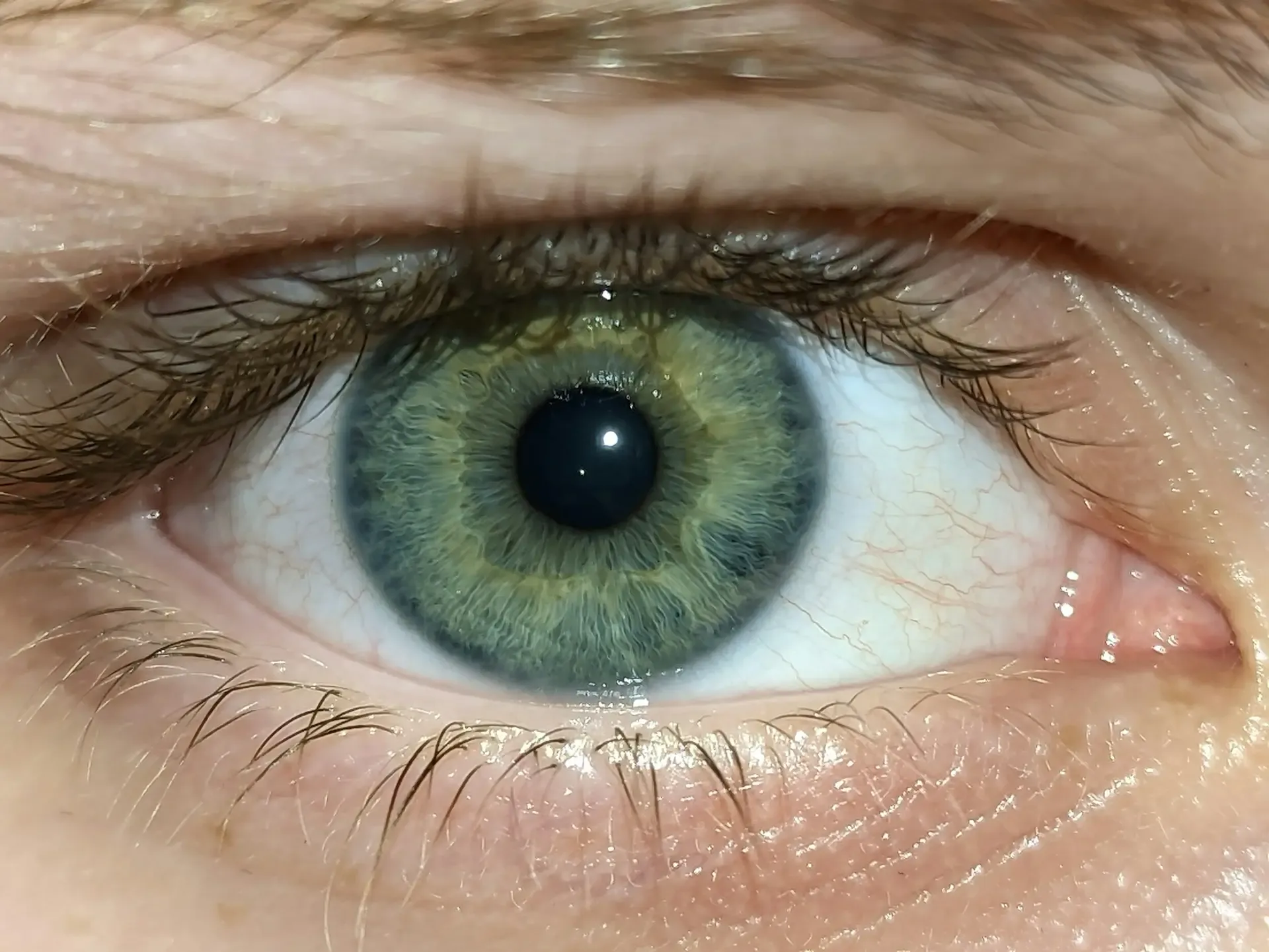
Dark Green Eyes
Dark green eyes contain a more powerful pigment. Additional eumelanin, but not enough to form brown. These eyes tend to look like emerald or forest green eyes. They are more uncommon than light green eyes. Since the pigment will turn more toward brown if the eumelanin is more dominant.
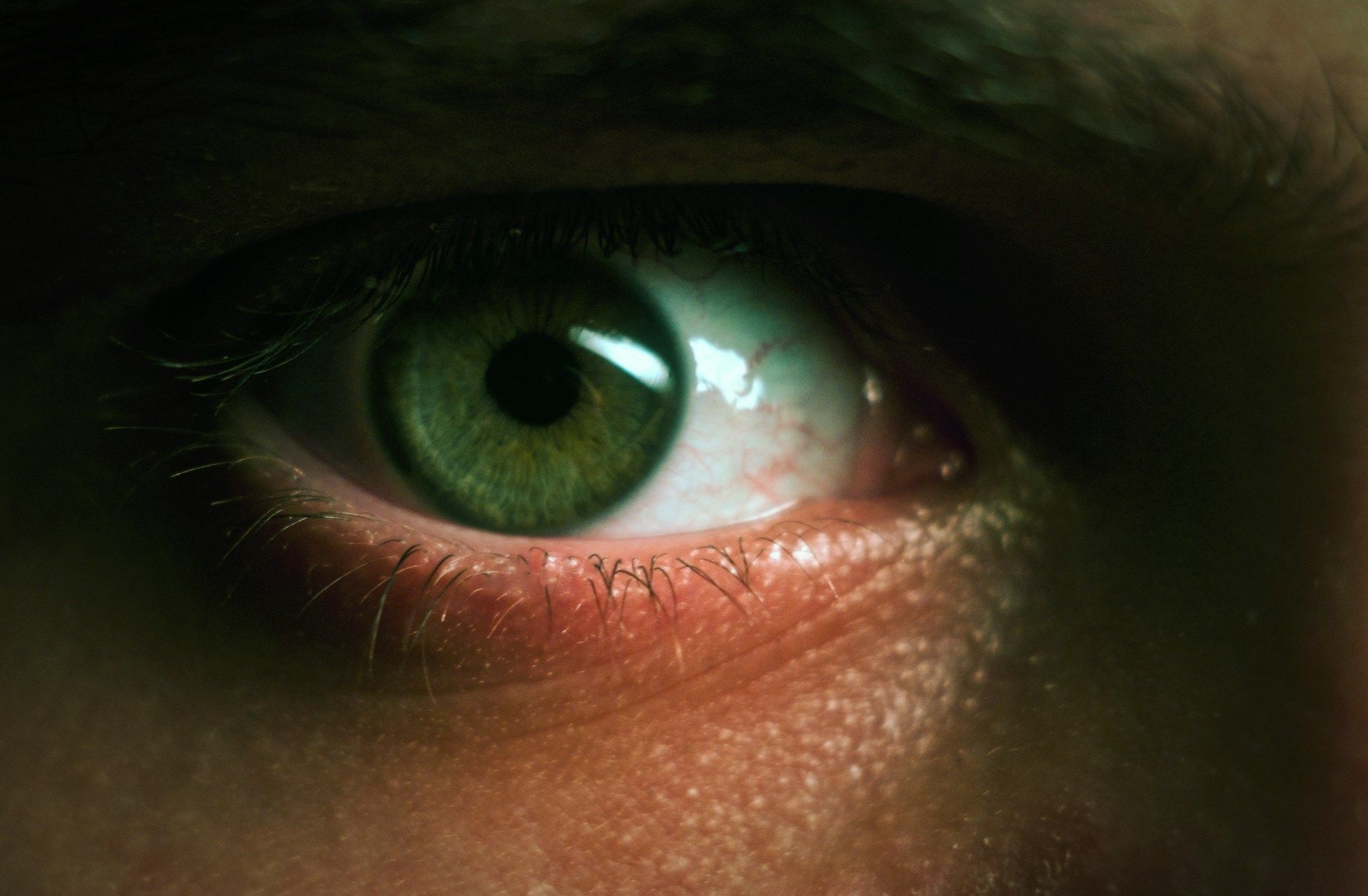
Light Green Eyes
Light green eyes possess reduced pigment. More like sea foam or pastel light green. Reduced eumelanin, increased pheomelanin. Increased scattering of the blue light assists. These are uncommon, particularly in non-European ancestry.

Sea Green Eyes
Sea green eyes are bluish green shades, like the colors of the ocean, turquoise. Very pretty and very rare. Blue-green component is strong. Rare condition of pigment combination. Maybe only in small pockets of the population.

Grey Green Eyes
Grey-green eyes are a mix of green and grey. Grey comes from a very low pigment and is more scattered by the stroma. Green tones may be faint. Sometimes looks grey in dim light, greener in bright light. Extremely rare.

Green Eyes vs Hazel Eyes: What's the Difference?
Green and hazel eyes appear similar. Some get them confused. Hazel tends to combine the green, the brown, and the gold. The green is more consistent or pure. Hazel changes color more under varying light.
How Many People Have Green Eyes?
Green eyes are found in roughly 2% of the global population. Hazel is slightly more prevalent. Approximately 5% of the world population bears hazel eyes. In the United States, green eyes are roughly 9%. Hazel is likely the same or slightly higher.
Famous People with Green Eyes
There are many celebrities with green eyes. They are complimented on their striking appearance.
- Adele, the singer, for one. She possesses green eyes.
- Emma Stone is reported to possess green eyes.
- Scarlett Johansson possesses green or greenish hazel eyes, depending on the light.
- Another celebrity is Keira Knightley. Jared Leto, too.
These celebrities demonstrate the diversity of the shade of green eyes: some light brown, green, and others pale or sea green. Portraits highlight their green with light. Green eyes are frequently photographed for contrast with make-up or costume.
Green Eyes and Their Health Factors
Green eyes carry some health considerations. Low melanin provides little automatic protection from UV light. Individuals with light or green-colored eyes can be more sensitive to glare. They might be more annoyed by the sun. UV protective sunglasses can help.
In addition, light eyes in some cases can be slightly more prone to specific eye ailments. For instance, the risk for macular degeneration can be increased among individuals whose iris hues are light. However, it is not certain. Studies are continuing.
Eye color itself isn't going to cause disease. It's pigment and genetics. Complementary variables like exposure, lifestyle, and overall health are more relevant.
Green eyes actually can change very slightly with age. Pigment can be reduced or the density of the iris altered by age. Light, feelings can cause the appearance to alter. However, change is usually minimal. Regular eye checkups help ensure health.
What Colored Eyeglasses Suit My Eyes?
Green eye matching for frames or lenses is enjoyable. Proper hues make your eyes appear more intense.
Green eyes are complemented best with warm earth shades, particularly dark brown. They will also lend themselves to a bright Havana or gold frame colour. Do you want to be noticed and stand out from the crowd? We suggest rich color frames like red, pink, blue, or purple, which go well with your natural eye color. Being a little careless with your decision is okay.
Read Here About: Which color glasses should be worn by those with Green Eyes?
Make sure the glasses you wear don't overpower your eyes. Light yellow-green or light beige hues that are too similar to your iris could blur contrasts. Super bright neon hues could be too intense.
Also, let's consider the skin color.
- Warm Skin + Green Eyes: warm frames (gold, brown, copper) complement.
- Cool Skin + Green Eyes: silver, gunmetal, cool shades complement.
FAQ’S
What Percentage of People Have Hazel Eyes vs. Green Eyes?
Hazel eyes are found in approximately 5% of the world population, While Green eyes have a 2% chance.
What Country Has The Most Green Eyes?
In Ireland, Scotland, and Northern European countries, most people have green eyes.
How Many People in the World Have Green Eyes?
Green eyes are found in approximately 2% of the world population.
How Rare is it to Have Green Eyes?
Green eyes are extremely uncommon and occur in no more than 2% of the world population.
